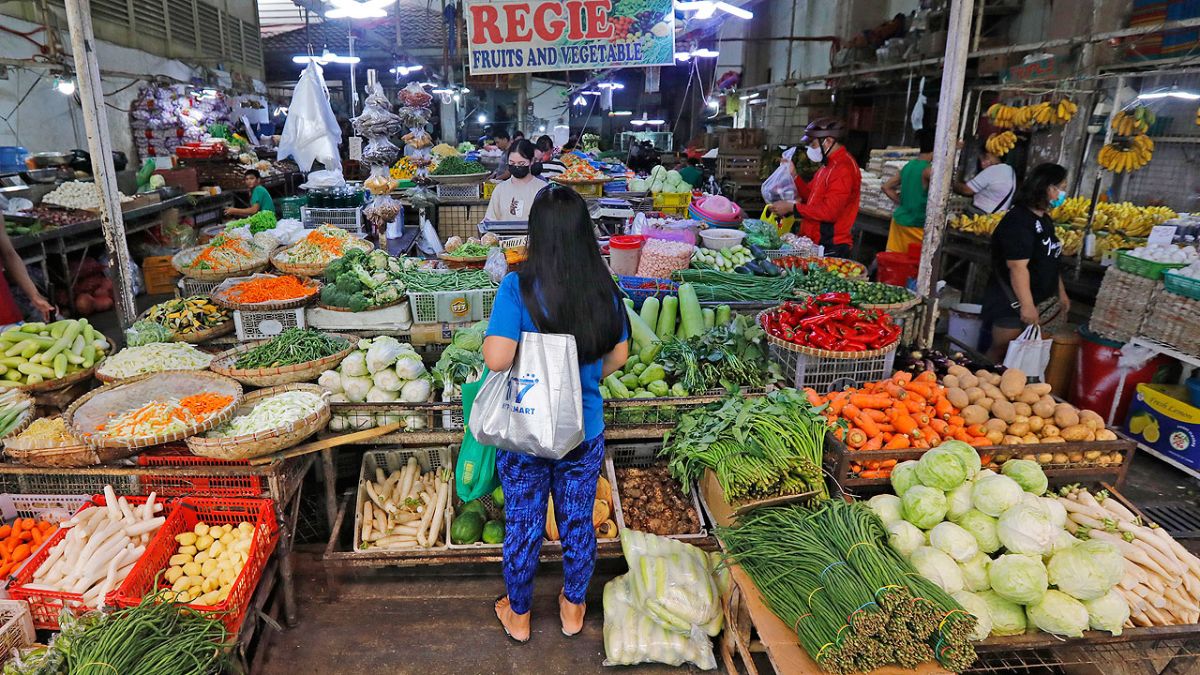 Image Credits - Businessworld Online
Image Credits - Businessworld Online
Philippine inflation dipped below the 4% mark in December 2023, offering a glimmer of hope after months of pressure on consumers and businesses. At 3.9%, the year-on-year increase in the consumer price index (CPI) represented its slowest pace since February 2022 and marked the third consecutive month of decline. However, despite this welcome slowdown, economists and policymakers caution against celebrating prematurely.
Food inflation, a major driver of overall price increases, remained stubbornly high at 7.2% in December, reflecting ongoing disruptions in global supply chains and persistent domestic agricultural challenges. Transportation inflation also remained elevated at 4.9%, fueled by rising fuel prices and logistics costs.
On the other hand, some sectors are showing signs of moderation. Inflation in housing, water, electricity, gas, and other fuels (HWEGF) eased to 3.5% from 4.2% in November, providing some respite for household budgets. Similarly, inflation in clothing and footwear dropped to 2.2%, further suggesting a gradual tempering of price pressures across the economy.
Despite the easing headline inflation, the Bangko Sentral ng Pilipinas (BSP) is unlikely to rush into rate cuts just yet. The full-year 2023 inflation average of 6.0% remains significantly above the central bank’s target range of 2-4%, underscoring concerns about persistent inflationary risks.
BSP Governor Felipe Medalla reiterated the central bank’s commitment to keeping monetary policy “sufficiently tight” until a sustained downtrend in inflation becomes evident. This cautious stance aligns with global trends, as major central banks like the US Federal Reserve continue to prioritize inflation control through ongoing interest rate hikes.
The Philippine economy faces a delicate balancing act in 2024. While taming inflation remains paramount, policymakers must also be mindful of supporting economic growth, particularly in the wake of external headwinds like the global economic slowdown and geopolitical tensions.
The government’s efforts to boost agricultural productivity, improve logistics and infrastructure, and attract foreign investments will be crucial in addressing structural factors contributing to inflation. Additionally, targeted social safety nets and fiscal measures can help cushion the impact of rising prices on vulnerable segments of the population.
Philippine inflation is not just a statistic; it has tangible consequences for millions of Filipinos. For workers, rising prices erode purchasing power and lead to stagnant wages, threatening livelihoods and household stability. For businesses, inflationary pressures increase input costs, squeezing profit margins and potentially discouraging investment.
